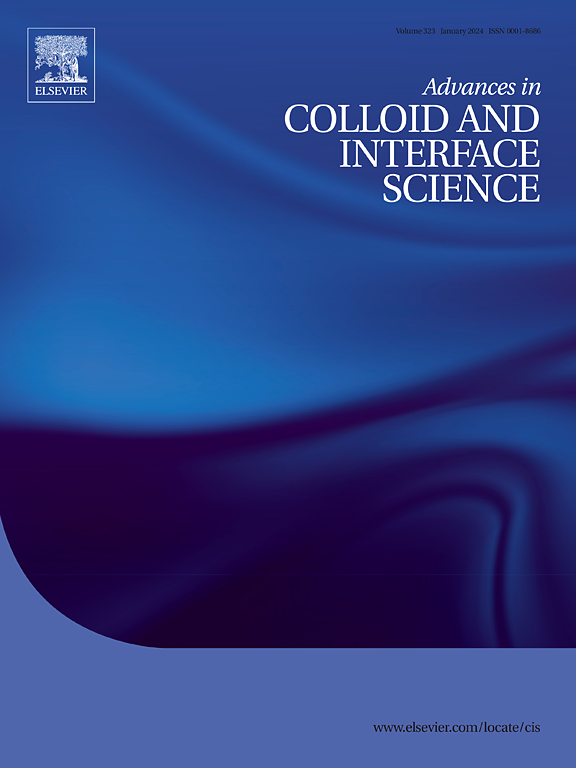Recent advancements on 2D nanomaterials as emerging paradigm for the adsorptive removal of microcontaminants
IF 15.9
1区 化学
Q1 CHEMISTRY, PHYSICAL
引用次数: 0
Abstract
Water reservoirs are facing increasing prevalence of microcontaminants originating from agricultural runoff, industrial effluents, and domestic wastewater. The persistence of microcontaminants leads to disruptions in aquatic ecosystems and poses potential long-term health risks to humans, even at minimal concentrations. However, traditional wastewater treatment methods are inefficient to eliminate the microcontaminants because of their intricate chemical structures and low concentration. In this regard, nano-adsorption employing nanomaterials as adsorbents presents a viable alternative, offering enhanced efficiency and specificity towards the removal of microcontaminants. Amongst all, two-dimensional (2D) nanomaterials, including graphene oxide (GO), layered double hydroxides (LDHs), MXenes, and boron nitrides (BNs), exhibit distinctive characteristics such as a high surface area, remarkable chemical stability, and tendency of diverse surface functionalization, rendering them particularly effective in adsorbing pollutants from water. Therefore, the present review provides an exhaustive literature and comparative analysis of the aforementioned 2D nanomaterials-based adsorbents concerning their efficacy in adsorbing microcontaminants of pharmaceuticals and personal care products origin such as antibiotics, steroids, bisphenols, phthalates, parabens, and benzophenones. The different aspects of 2D adsorbents including adsorption capacity, mechanisms involved, kinetic and isotherm models followed for removal of a variety of microcontaminants have been congregated. Also, the information on recyclability, reusability, and stability of the adsorbents has been summarized to highlight their viability. Further, the limitations and future aspects related to the use of 2D nanomaterials-based adsorbents towards pollutant removal have been discussed. Overall, 2D nanomaterials holds great promise as efficient adsorbents for environmental remediation and can also be explored for industrial adsorption applications.

二维纳米材料作为吸附去除微污染物的新兴范例的最新进展
水库正面临着日益普遍的来自农业径流、工业废水和家庭废水的微污染物。微量污染物的持续存在会破坏水生生态系统,即使浓度极低也会对人类构成潜在的长期健康风险。然而,由于微污染物的化学结构复杂,浓度低,传统的废水处理方法对其去除效率较低。在这方面,采用纳米材料作为吸附剂的纳米吸附提供了一个可行的选择,为去除微污染物提供了更高的效率和特异性。其中,二维(2D)纳米材料,包括氧化石墨烯(GO)、层状双氢氧化物(LDHs)、MXenes和氮化硼(BNs),具有高表面积、显著的化学稳定性和多种表面功能化倾向等显著特征,使它们在吸附水中污染物方面特别有效。因此,本文对上述基于二维纳米材料的吸附剂在吸附药物和个人护理产品来源的微污染物(如抗生素、类固醇、双酚类、邻苯二甲酸酯、对羟基苯甲酸酯和二苯甲酮)方面的功效进行了详尽的文献和比较分析。二维吸附剂的不同方面,包括吸附能力,涉及的机制,动力学和等温线模型所遵循的去除各种微污染物已经聚集。此外,还总结了吸附剂的可回收性、可重复使用性和稳定性方面的信息,以突出其可行性。此外,还讨论了二维纳米材料吸附剂在污染物去除方面的局限性和未来发展方向。总的来说,二维纳米材料作为环境修复的高效吸附剂具有很大的前景,也可以探索工业吸附应用。
本文章由计算机程序翻译,如有差异,请以英文原文为准。
求助全文
约1分钟内获得全文
求助全文
来源期刊
CiteScore
28.50
自引率
2.60%
发文量
175
审稿时长
31 days
期刊介绍:
"Advances in Colloid and Interface Science" is an international journal that focuses on experimental and theoretical developments in interfacial and colloidal phenomena. The journal covers a wide range of disciplines including biology, chemistry, physics, and technology.
The journal accepts review articles on any topic within the scope of colloid and interface science. These articles should provide an in-depth analysis of the subject matter, offering a critical review of the current state of the field. The author's informed opinion on the topic should also be included. The manuscript should compare and contrast ideas found in the reviewed literature and address the limitations of these ideas.
Typically, the articles published in this journal are written by recognized experts in the field.

 求助内容:
求助内容: 应助结果提醒方式:
应助结果提醒方式:


